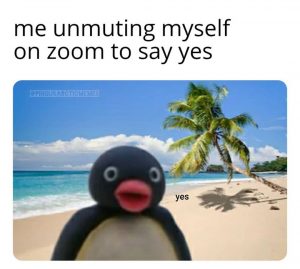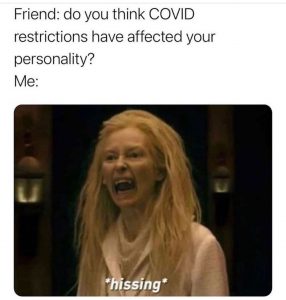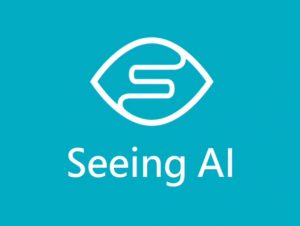Scrolling through Instagram reels, binging on Netflix, managing exams, assignments; how different has this pandemic been for you?


But navigating through daily lives has been a challenge for many. Domestic violence, crime rates, death toll, and many more have certainly increased. This shadow pandemic has affected a wide variety of people.
Among these, the visually impaired are also one of them. India has around 8.8 million people with visual impairment, according to a 2015 study by Lancet, forming almost 25 percent of the total number of persons with visual impairments globally.
People with minimum education, tech skills have adopted to use the internet applications like BeMyEyes, Seeing AI, etc., to live their daily lives. But others find it a challenge. Finding the cooking instructions on the packed food items, expiry dates, taking the correct dose of medication, etc., are only a part of their daily life challenges. With minimum access to people and information during this pandemic, the situation only got worse. People living at homes, the ones that are educationally backward or unemployed, usually have volunteers helping them.


Shopping has certainly been difficult for them. There are different ways in which the visually impaired shop at supermarkets. There are usually naming products in braille, a person escorting and guiding them, specific color codes to aid them visually, or certain reading apps. Strict social distancing indeed brought a disadvantage to them. Since it involves physically touching certain products and taking help from the volunteers.
Through online shopping, everyone can order some of the essential goods to be delivered home. Of course, these people use their screen readers to understand the different options to order products. But those methods also posed some serious issues. Unlabeled form fields, links, graphs, cluttered homepages, etc., made it difficult to access the websites. While most find online shopping so convenient, many visually impaired cannot access that comfort. Major online retailers such as Amazon and Target have made it easier for blind and visually impaired shoppers to find and purchase things. By making simple changes to the design and layout of websites, online retailers can help them shop quickly and easily.
Regarding employment, many companies have declared work from home, which helped a lot of these employees. But others, forced to attend their jobs, find it extremely difficult to work and protect themselves from contracting the virus. And students registering through online applications, or accessing resources, or with financial crises have had it extremely difficult. Especially in India, the government still has to implement specific international guidelines for physically disabled people. Some of the facilities, which are for the convenience of everyone like public transport, internet, etc., are only being a hindrance for them.
All of us are waiting for this pandemic to end to resume our ordinary lives. But with this new normal, let’s be a little kinder and help the people in need.
References:
https://theconversation.com/what-coronavirus-crisis-means-for-blind-and-partially-sighted-people-136991
https://www.newslaundry.com/2020/11/12/people-are-afraid-to-help-how-blind-people-are-dealing-with-covid
chicagolighthouse.org/sandys-view/shopping-online/



